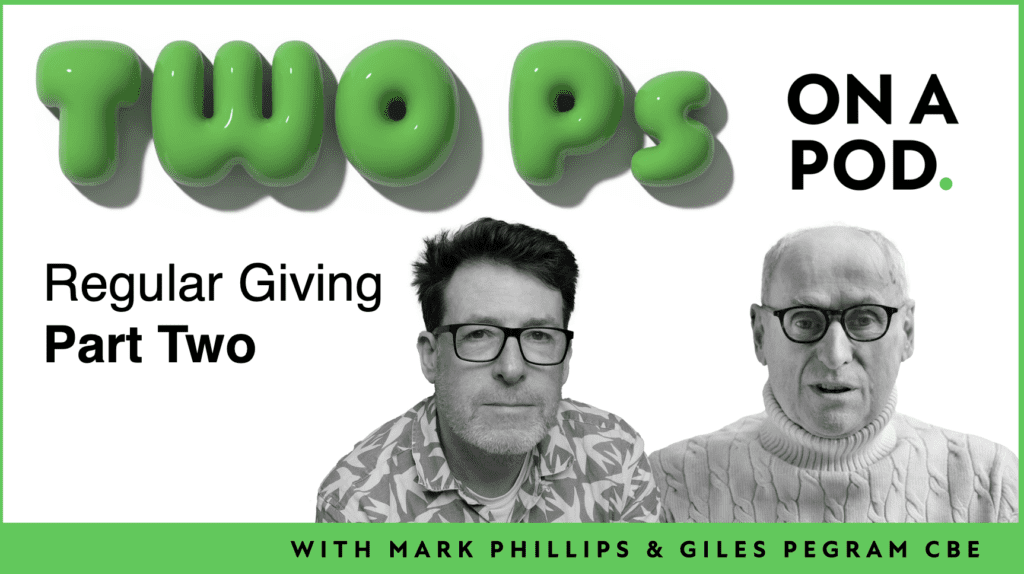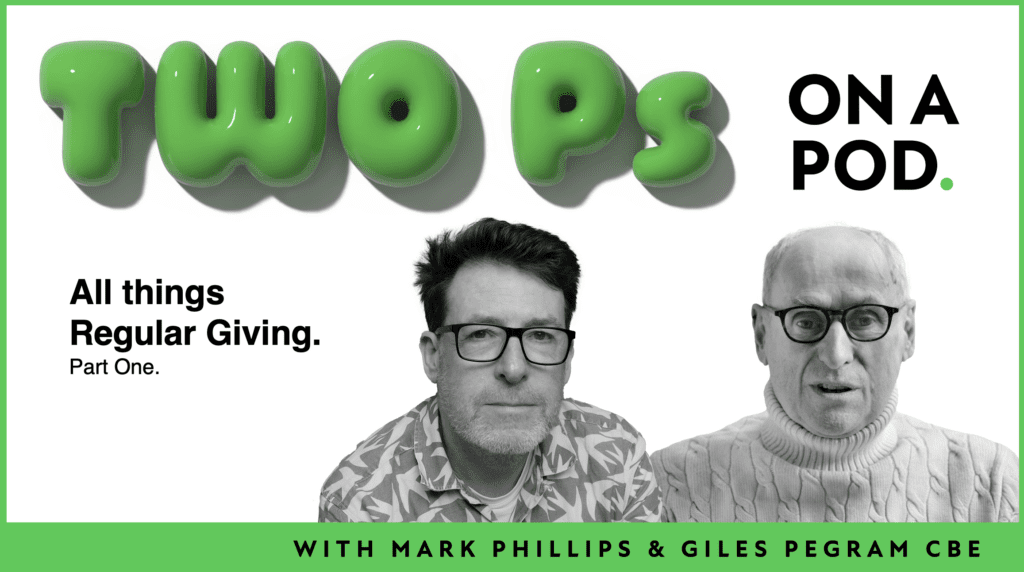Are your donors simply paying spectators?
There’s a great video on Social Hallucinations produced by David Gauntlet from Making is Connecting.
David looks at everyday creativity and writes about seeing a cultural shift – from a sit back and be told one to a making and doing one.
So what’s this got to do with fundraising?
Quite a lot.
Something that we repeatedly find people mention in our research at Bluefrog is a sense of disappointment with charities. They enter into a relationship with an organisation in the hope that they are going to be an active part of something good. What they receive is a stream of communications talking about what the charity is doing and requests for money.
Disillusioned and unengaged, they soon stop their support (This behaviour is often incorrectly described as lapsing).
But when people can actively do something more than sit back and give, they create cultural capital that benefits them as much as the charities they support.
An example of this is craftivism.
And an example of craftivism is Save the Children’s Knit One, Save Onecampaign. This generated over half a million knitted hats for newborn babies in developing countries. It was also responsible for generating 50,000 messages that were delivered to Gordon Brown encouraging him to do more to help prevent deaths among children.
Save the Children isn’t unique. When you think about it, there are a number of examples of this type of engagement already offered by charities.
Child sponsorship provides donors with an opportunity to write (and receive letters). Kiva enables people to help set-up new businesses (and see how they are performing). Care International offers supporters the chance to send advice and good wishes along with educational materials to school children in developing countries.
Organisations that fill the gap between giving cash and full-time volunteering are benefiting from the desire people have to create and connect. It doesn’t matter if this is done on-line or off-line, but by giving people the chance to create change rather than simply be paying spectators, we offer them a welcome opportunity to add meaning to their world AND move it in the direction many of us would like.
That’s the sort of approach that drives real engagement. It’s an idea that I find really exciting. If you’ve got a few minutes to spare, you should really watch this video.
Tags In
The Essentials

Crack the Code to Regular Giving: Insights, Strategies, and a Special Giveaway!

‘Tis Halloween. Keep to the light and beware the Four Fundraisers of the Apocalypse!

Why do people give? The Donor Participation Project with Louis Diez.

A guide to fundraising on the back of a postcard

What does the latest research tell us about the state of fundraising?





